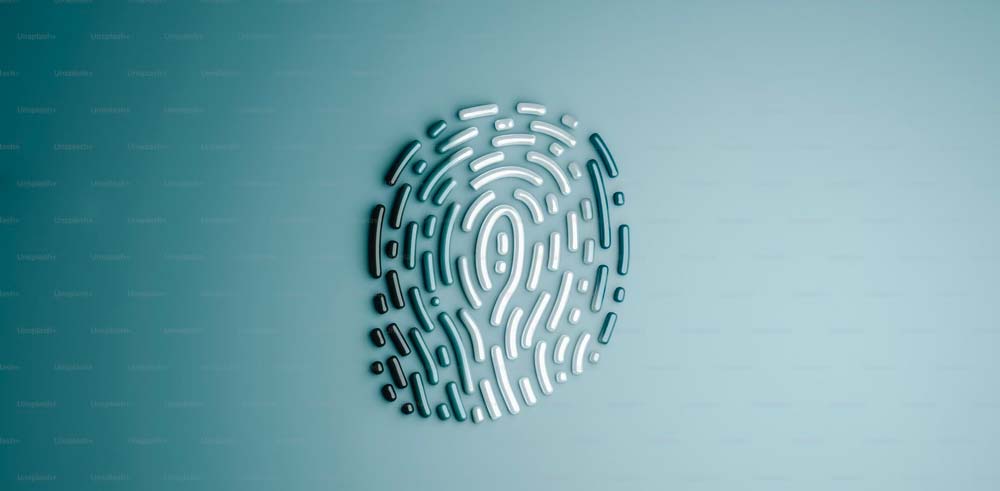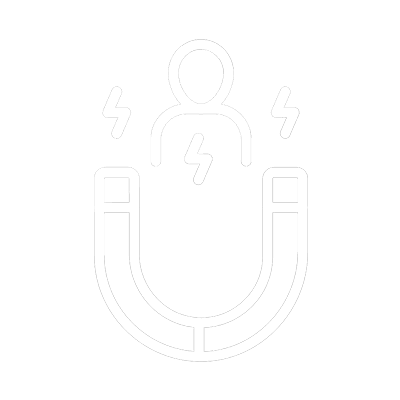Introduction
In recent years, the healthcare industry has witnessed a digital revolution, with an increasing reliance on technology to streamline processes, improve patient care, and store sensitive medical data. However, this digital transformation has also brought forth significant cybersecurity challenges. With the growing frequency and sophistication of cyberattacks, the protection of patient data and critical healthcare systems is of paramount importance.
The Rising Threat Landscape in Healthcare
The healthcare industry has become an attractive target for cybercriminals due to the vast amount of valuable data it possesses. From patient records and personal information to research data and intellectual property, healthcare organizations have become prime targets for ransomware attacks, data breaches, and other malicious activities.
Unique Cybersecurity Challenges in Healthcare
a. Legacy Systems and Outdated Infrastructure: Many healthcare institutions still rely on legacy systems, which often lack modern security features and receive limited updates, making them vulnerable to attacks.
b. Insider Threats: Healthcare organizations must contend with insider threats, whether accidental or intentional, as employees often have access to sensitive patient information.
c. Compliance and Regulatory Requirements: Healthcare organizations must comply with various data protection regulations, such as HIPAA in the United States. Failure to meet these requirements can result in severe penalties and legal liabilities.
d. The Internet of Medical Things (IoMT): The proliferation of connected medical devices and wearables introduces new entry points for cyberattacks, increasing the attack surface.
Best Practices for B2B IT Solutions
a. Strong Data Encryption: Implement end-to-end encryption to safeguard patient data both in transit and at rest. Encryption ensures that even if a breach occurs, the stolen data remains unreadable to unauthorized individuals.
b. Regular Security Checks and Risk Assessments: Conduct comprehensive security audits and risk assessments to identify vulnerabilities and weaknesses in the healthcare organization’s IT infrastructure.
c. Employee Training and Awareness: Train healthcare staff on cybersecurity best practices and the importance of data protection. Raising awareness can help prevent social engineering attacks and insider threats.
d. Multi-Factor Authentication (MFA): Implement MFA for accessing critical systems and applications, adding an extra layer of protection against unauthorized access.
e. Regular Software Updates and Patch Management: Stay vigilant about software updates and security patches to address known vulnerabilities and reduce the risk of exploitation.
f. Network Segmentation: Divide the network into segments to limit the lateral movement of cyber threats. This way, even if a breach occurs, the attacker’s access is contained.
g. Incident Response Plan: Develop a well-defined incident response plan outlining the steps to be taken in case of a cyber incident. This will help minimize the impact of a breach and facilitate a swift and efficient response.
Conclusion
The healthcare industry’s increasing reliance on digital technologies has brought significant benefits but has also exposed it to a higher risk of cyber threats. To protect patient data, maintain trust, and ensure the continuity of critical healthcare services, B2B IT solutions must prioritize robust cybersecurity measures. By adopting the best practices mentioned above, healthcare organizations can bolster their defenses against cyberattacks and create a secure environment in which patient information remains protected from malicious actors.





